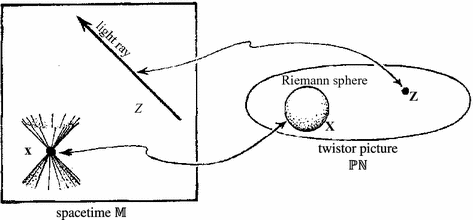There’s a HEPAP meeting today, with news about the US HEP budget situation, presentations here. Since the 2016 election physicists have been worried about how the Republican Congress and Trump administration will treat scientific research in general and physics research in particular. For instance, I see that FQXI has just announced the winners of its latest essay contest, with the second place essay by Alyssa Ney (on “The Politics of Fundamentality“) claiming that “it is easy to point to trends in allocation of research funding away from basic research in the sciences”, noting:
Another indication of the present threat to physics funding is U.S. President Donald Trump’s 2018 proposed budget. This includes a decrease of 18.4% to the Department of Energy’s high energy physics program and a cut of 19.1% to nuclear physics. The budget slashes funding of basic science at the National Science Foundation (NSF) by 13%. http://www.sciencemag.org/news/2017/05/what-s-trump-s-2018-budget-request-science
The actual enacted budget numbers for DOE HEP physics are:
FY2015 \$766 million
FY2016 \$795 million
FY2017 \$825 million
FY2018 \$908 million
It’s true that the Trump administration produced a FY2018 budget calling for a cut to \$627.7 million for DOE HEP, but that was no more to be taken seriously than anything else Trump says, and the Republican Congress instead passed a huge (10.1%) increase, to \$908 million. For FY2019 the Trump administration is calling for a DOE HEP budget cut to \$770 million (15.2% cut), but, again, no one should be taking that seriously. It’s still early in the budget process, but the House subcommittee dealing with the FY2019 DOE budget has responded to the request for a cut of 13.9% to DOE Office of Science by instead passing a 5.4% increase (it’s not yet known what the HEP part of that will be). For latest budget numbers, see here.
Over at the NSF, numbers for the Physics directorate for FY2017 are not yet available, but the enacted budget numbers for the NSF as a whole are:
FY2015 \$7,344 million
FY2016 \$7,494 million
FY2017 \$7,472 million
FY2018 \$7,767 million
The Trump administration requested a cut of 11% to NSF for FY2018, instead got a 3.9% increase. They are requesting a 3.8% cut for FY2019, the House subcommittee dealing with this instead has passed a 5.2% increase (to \$8,175 billion).
It should be uncontroversial to point out that the US budget process has been seriously broken for a while. FY 2018 started on Oct. 1, 2017. DOE HEP only recently got the \$908 million number for its budget and now is scrambling as it is “faced with a year’s worth of funding actions in around 4 months”. They’ve been spending their time preparing details of the Trump administration fantasy of how to cut 13.9% out of the FY2019 budget, instead of making rational plans for the future about how to spend the actual budget numbers they will get (OK, maybe they’re dealing with reality in secret…).
In order to avoid any misunderstanding about what I think about the current situation, my take on it is:
- Until the 2016 election, US scientific research spending was relatively flat, due to the Obama administration’s attempt to reduce deficit spending and respond to Republican outrage at the budget deficit and demands for reductions in non-defense federal spending. We’re now starting to see large increases in research spending, as it becomes clear that whatever the current Republican party cares about, it’s not the deficit or the level of federal spending.
- Physicists outraged at the Trump administration proposed research cuts need to realize that this, like everything else, is just theater, and understand that the current Republican party has just as little interest in cutting physics research as it ever had in reducing the deficit. Take a look at reality and stop complaining about your research funding. Fueled by huge increases in inequality in US society, truly awful things are happening in this country, but they’re not happening to you, quite the opposite. Stop whining about your science not getting enough respect and funding, and instead try and figure out what can be done to restore a healthy democracy and a more equal society.
Informed comments about HEP funding welcome, those who want to rant about politics are not. Sorry, it’s my blog, so I get to explain my point of view, even though I don’t want to engage here with the diseased post-truth reality TV show politics today’s Republican party has grotesquely exploited to come to power.


